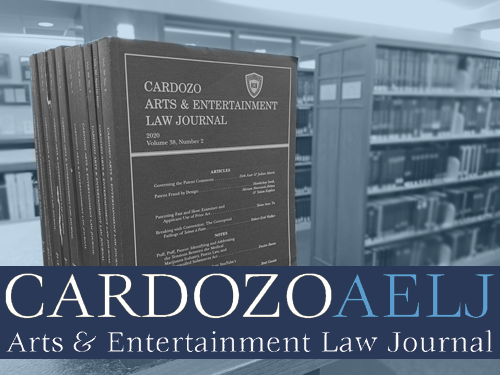Document Type
Article
Publication Date
11-1-2021
Graduation Year
2023
Abstract
Players at academic institutions have found themselves on a winning streak lately. The flurry of athlete-friendly developments in the world of college athletics dates back to September 30, 2019, when the California Legislature passed a bill prohibiting schools from punishing athletes who accept endorsement money while in college. The National Collegiate Athletic Association (NCAA) labeled this legislation an existential threat to college athletics when it was introduced months earlier. Not long after, Florida passed its own law allowing college athletes to profit off of their name, image, and likeness (NIL). On June 21, 2021, the Supreme Court weighed in on the college athletics debate with their holding in NCAA v. Alston. The Court unanimously found that the NCAA violated the Sherman Act by limiting athletes’ education-related benefits, but left the rest of the NCAA’s compensation limits in place. Justice Kavanaugh wrote separately to emphasize that the NCAA’s remaining compensation restrictions also raise serious questions under antitrust laws. After the Supreme Court’s decision in Alston, and in the face of mounting pressure from state NIL laws, the NCAA suspended its own rules barring players at academic institutions from profiting off of their names, images, and likenesses.
This post was originally published on the Cardozo Arts & Entertainment Law Journal website on November 1, 2021. The original post can be accessed via the Archived Link button above.
Recommended Citation
Wachenfeld, Daniel, "The Next Step for Players at Academic Institutions: Employees Status and Collective Bargaining" (2021). Cardozo Arts & Entertainment Law Journal (AELJ) Blog. 300.
https://larc.cardozo.yu.edu/aelj-blog/300



